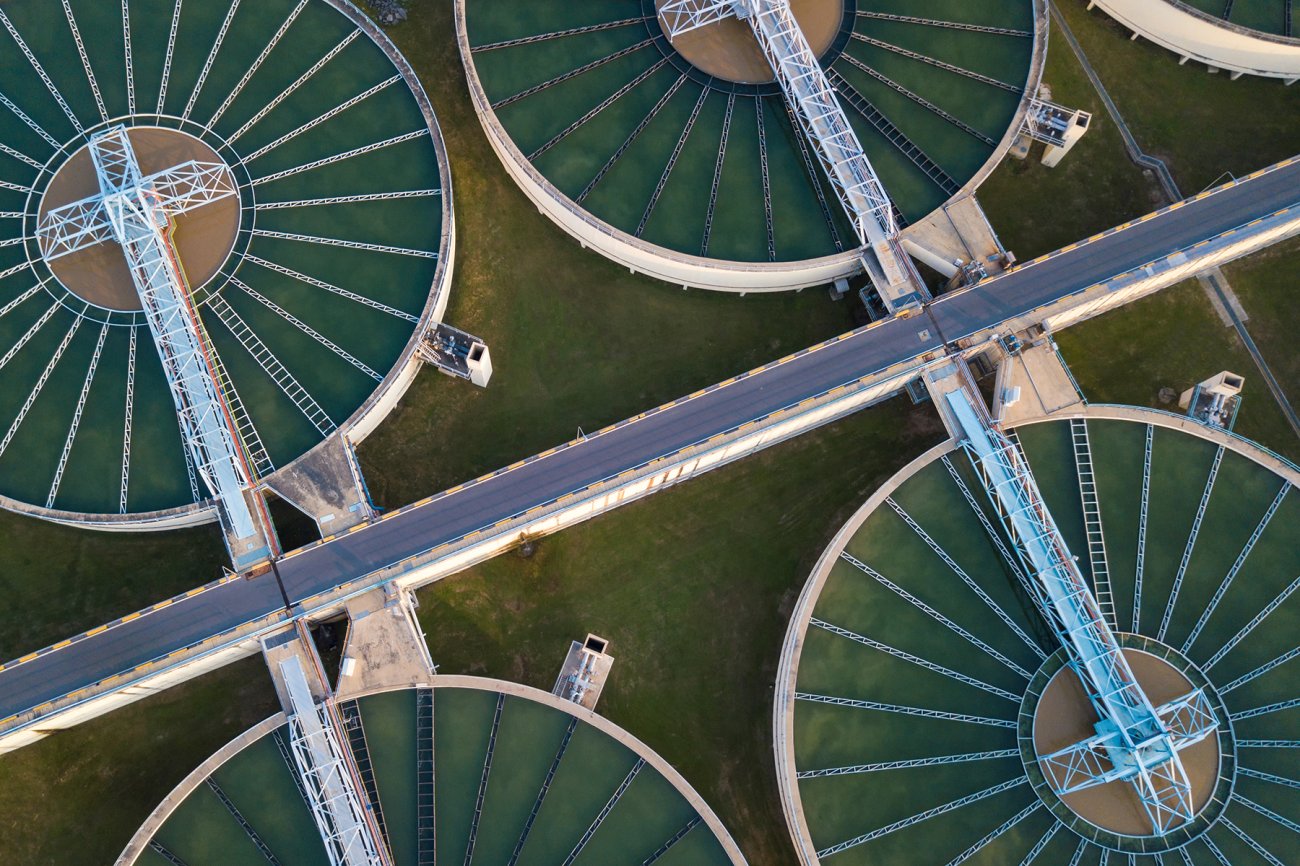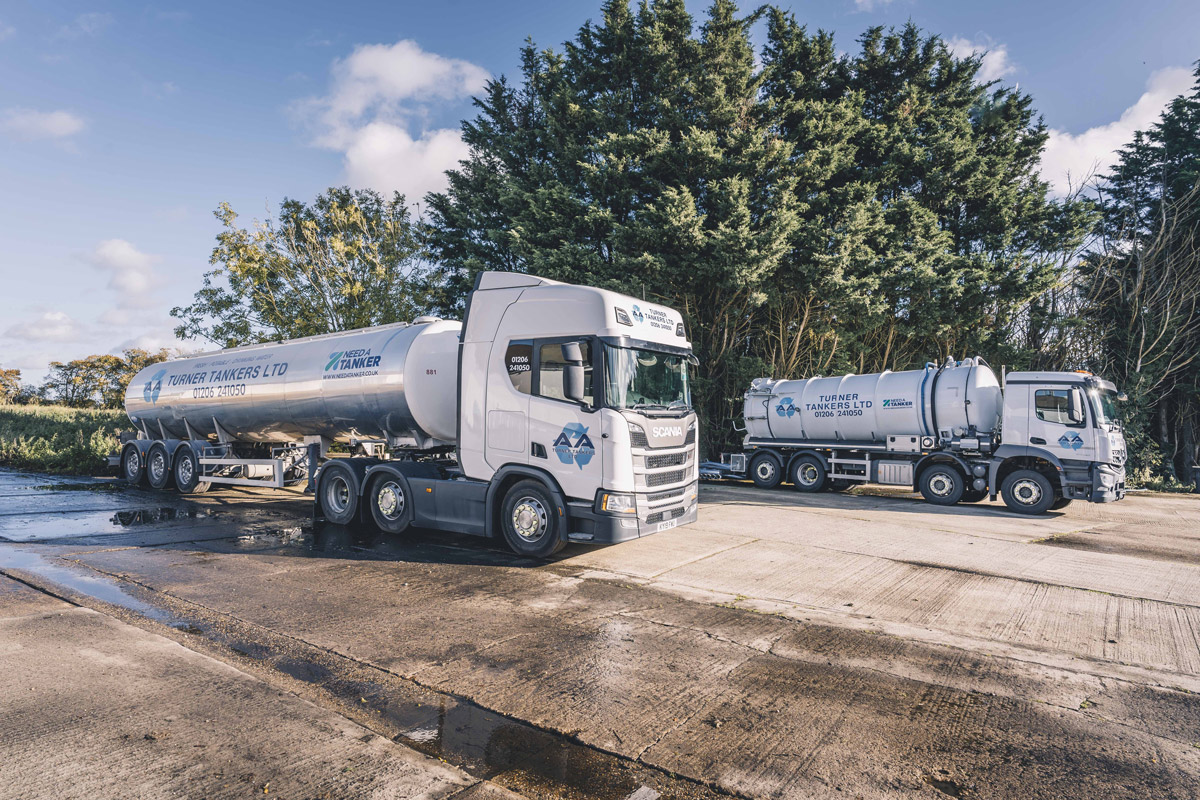Some Known Details About Reclaim Waste
Some Known Details About Reclaim Waste
Blog Article
Get This Report on Reclaim Waste
Table of ContentsThe Ultimate Guide To Reclaim WasteThe Best Guide To Reclaim WasteReclaim Waste - The FactsFacts About Reclaim Waste UncoveredNot known Incorrect Statements About Reclaim Waste
Domestic sewer waste refers to the waste and items from a property septic storage tank. The proper management and disposal of residential sewage waste require liquid waste to be moved to a sewage treatment plant where the appropriate techniques and equipment are applied to detoxify and dispose of waste.
Industrial waste commonly includes prospective risks, such as flammable products or a mix of liquid and strong waste products, and requires an advanced and thorough disposal procedure. The disposal of commercial waste generally includes the filtration of waste prior to transport to guarantee safe and correct disposal. Hazardous waste is developed from by-products and runoff of commercial processes and manufacturing.
This type of waste can not utilize the exact same sewage monitoring transport or procedures as septic or business fluids. The industrial waste management procedure calls for the evaluation and screening of fluid waste prior to it goes through the disposal process (industrial wastewater treatment). Runoff waste is the fluid waste that comes from drainage and excess stormwater in extremely populated locations or cities
Drainage waste can create contamination and flooding if not managed correctly. Making sure correct waste management can avoid catastrophes and minimize ecological injury.
All about Reclaim Waste
Get in touch with PROS Services today to discover our waste management and disposal services and the correct methods to look after the liquid waste you produce.
(https://pxhere.com/en/photographer-me/4429814)This so-called 'wastewater' is not just a vital resource yet, after treatment, will certainly be released to our land, waterways or the ocean. Used water from commodes, showers, baths, cooking area sinks, washings and commercial processes is recognized as wastewater.

water made use of to cool down machinery or clean plant and tools). Stormwater, a type of wastewater, is runoff that moves from farming and metropolitan areas such as roofing systems, parks, gardens, roads, courses and seamless gutters into stormwater drains, after rainfall. Stormwater moves without treatment directly to regional creeks or rivers, ultimately reaching the sea.
Top Guidelines Of Reclaim Waste
In Queensland, many wastewater is dealt with at sewage therapy plants. Wastewater is moved from domestic or industrial sites through a system of drains and pump stations, recognized as sewage reticulation, to a sewage treatment plant. City governments construct, keep and run most sewage therapy plants. Operators are licensed under the Environmental Security Act 1994 to discharge cured wastewater at an appropriate environmental requirement my review here right into waterways.
The Division of Natural Resources encourages city governments about handling, operating and keeping sewerage systems and treatment plants. In unsewered areas, local governments may call for homeowners to install private or house sewer treatment systems to deal with residential wastewater from bathrooms, kitchens, bathrooms and laundries. The Department of Natural Resources authorizes making use of household systems when they are verified to be reliable.
A lot of stormwater gets no treatment. In some new subdivisions, therapy of some stormwater to eliminate clutter, sand and crushed rock has begun making use of gross toxin catches. Wastewater therapy occurs in four phases: Removes strong matter. Larger solids, such as plastics and various other objects wrongly discharged to sewers, are eliminated when wastewater is passed via screens.
Wastewater then moves into huge containers where solids settle and are gotten rid of as sludge. Grease and scum are skimmed from the surface area. Utilizes small living microorganisms referred to as micro-organisms to break down and remove continuing to be dissolved wastes and fine fragments. Micro-organisms and wastes are included in the sludge. Eliminates nitrogen and phosphorus nutrients that could create algal blossoms in our waterways and endanger aquatic life.
The Best Guide To Reclaim Waste
Nutrient elimination is not offered at all sewer treatment plants since it calls for costly specialist devices. Clear fluid effluent generated after treatment may still have disease-causing micro-organisms - liquid waste removal.

This normally implies wastewater needs to be dealt with or impurities eliminated before it can be released to waterways. A lot of wastewater flows into the sewerage system. Under the Act, city governments administer authorizations and licences for environmentally relevant tasks (Ages) entailing wastewater releases that could have a regional impact. The division carries out approvals and licences to Ages including wastewater launches that might have a regional or statewide influence.
What Does Reclaim Waste Mean?
Otherwise, examples are taken for lab evaluation. Usually numerous tests are needed to establish the degrees of each of the various toxins such as oils, hefty steels and pesticides in water. Tracking offers valid information regarding water top quality and can confirm that licence conditions are being fulfilled. The info acquired through surveillance gives the basis for making water high quality decisions.
Report this page